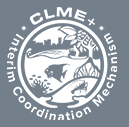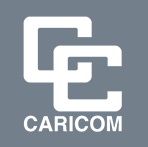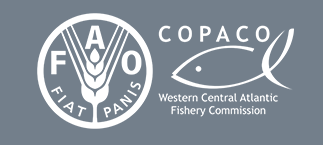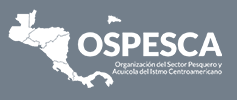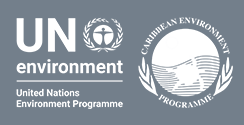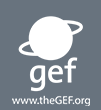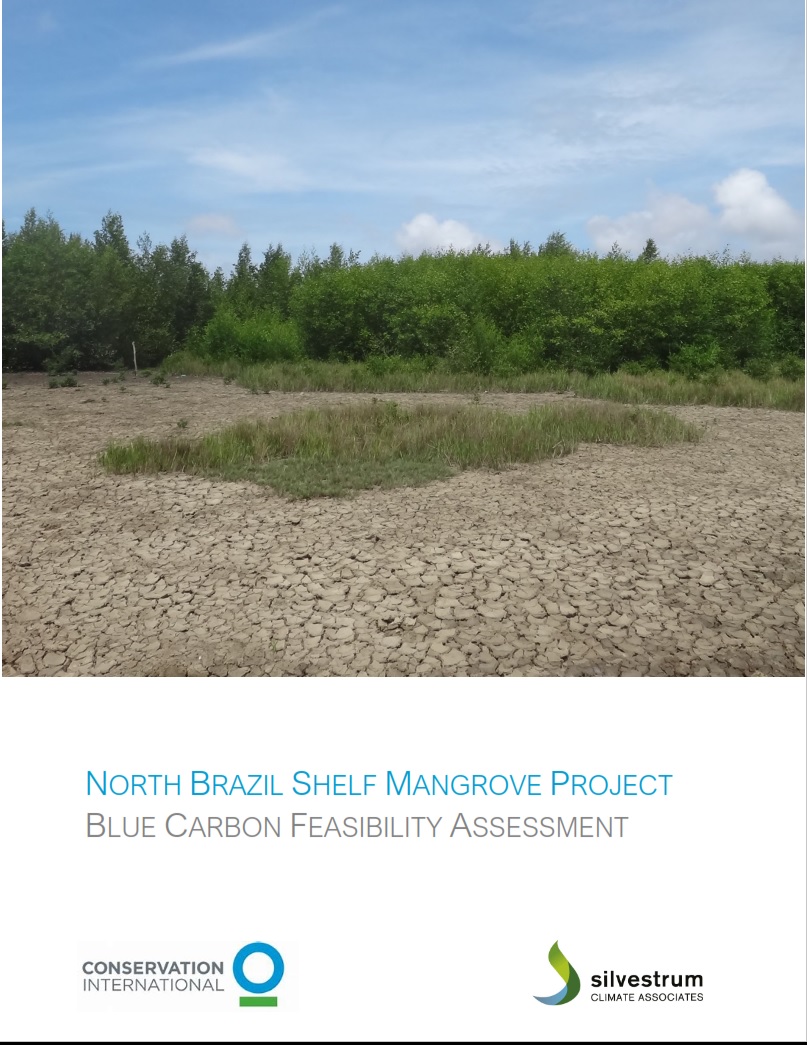
North Brazil Shelf Mangrove Project – Blue Carbon Feasibility Assessment Executive Summary
Blue carbon ecosystems, which are coastal vegetated ecosystems including mangroves, tidal wetlands, and seagrass beds, sequester significant amounts of carbon within the soil for tens to thousands of years. In addition to carbon storage, blue carbon ecosystems offer many ecosystem services, including habitat and nurseries for fish, birds, invertebrates, and mammals, shoreline protection, and land building capacity, among many others. Once disturbed and drained, the substantial soil carbon stores can be released at significant rates. These ecosystems also will be significantly impacted by predicted accelerated sea-level rise, especially if abutting hardened structures. This Blue Carbon Feasibility Assessment presents current data specifically on mangrove distributions, carbon stocks, and deforestation in Guyana and Suriname along the North Brazil Shelf Large Marine Ecosystem (NBS-LME), and outlines the methodologies and feasibility of developing carbon finance projects.
 5
5


 Report issue
Report issue









